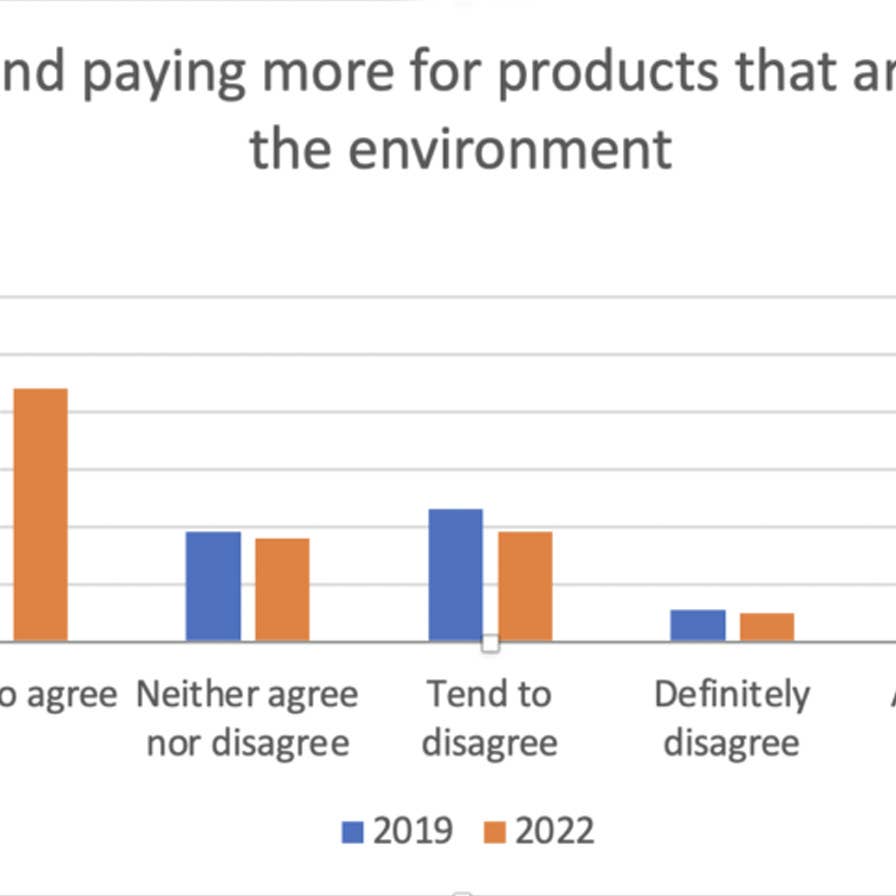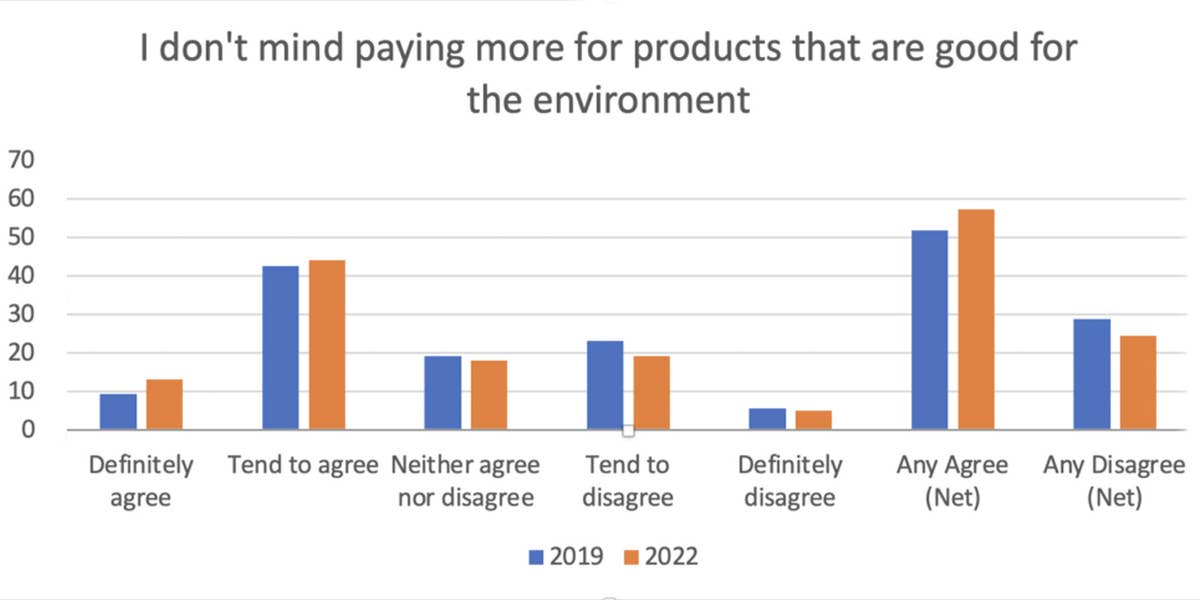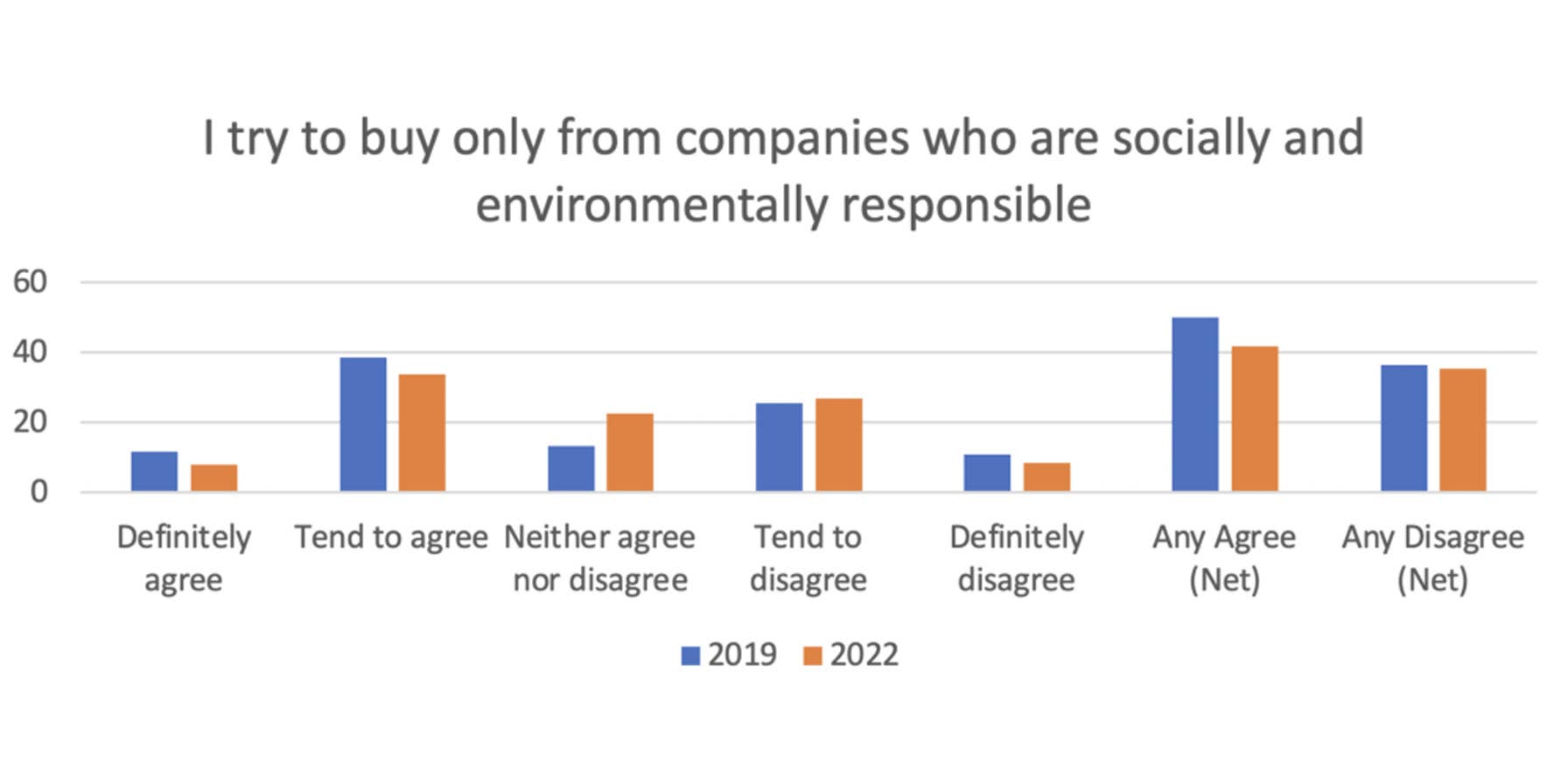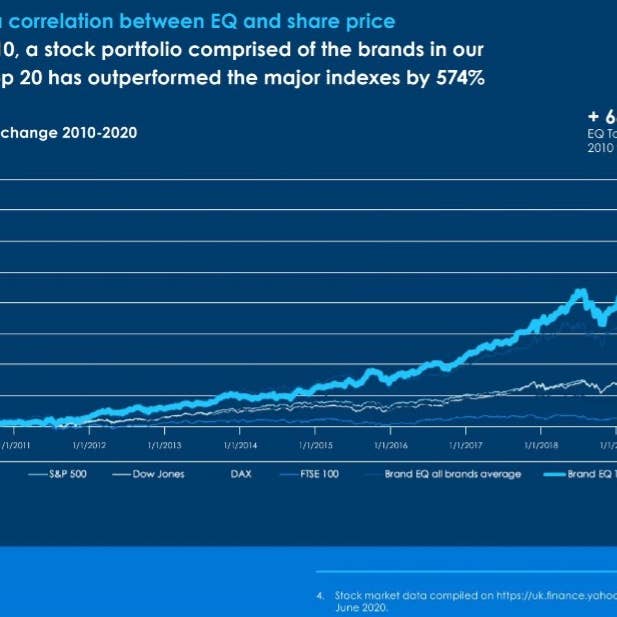How to respond
Marketers are going to have to rethink how they position purpose, in a bid to show they understand the realities of their customer’s lives.
First, understand the different ways in which cost of living impacts on different people. To that end, we’ve built a bespoke segmentation to aid marketers as they try to understand the real impact on different people, and have made it publicly available, so that all of us can benefit.
We’ve divided the UK population into five segments, based on financial standing and concerns;
- Keeping Heads Above Water (18% of the population)
- Budgeting to Survive (23%)
- Budgeting to Maintain a Lifestyle (15%)
- Comfortably Unaffected (19%)
- YOLO (24%)
Next, build strategies that demonstrate understanding of these mindsets.
Lipstick effect it
It’s been claimed that one of the unforeseen consequences of economic peril is an increase in lipstick sales; people still want accessible treats. Luxury spending might drop, but that’s not going to stop some (small) splurging when payday rolls round.
Similarly, marketers should think about how their social purpose might help customers make concessions to ethics and environment, where they can’t fully commit. Can’t afford to forego fast fashion? Consider an affordable brand who commits to the living wage.
Those Budgeting to Maintain a Lifestyle are willing to spend to keep life sweet – but need to know it’s ‘worth’ it. Where you have a progressive employer brand, shout about it, proving that your brand should still make the cut when cuts are made.
Prove worth close to home
Investigate the concerns of your customers to understand where real impact can be made and, where appropriate, focus your efforts there.
People Budgeting to Survive are well aware of the impact that rising costs are having on families; they’re living it. They will feel more positively towards brands who can prove that they are alleviating pressure in hard-hit communities.
Show you’re taking the load
If a brand seeks to financially benefit from social corporate responsibility, is it really doing any good? Aside from sounding like new age philosophy, brands can use this sentiment to steer their thinking.
People Keeping their Heads Above Water can’t afford to pay for your policies. So ensure they know that any cost of doing good is falling squarely on your shoulders.
Those who mistrust purpose-driven marketing want to see receipts. Where you can measure impact or cost, display them with pride.
When brands commit, they have the opportunity to demonstrate to customers, and prospective customers, that they understand the issues they face – in light of the cost-of-living squeeze, there are even more people in need of that empathy.





